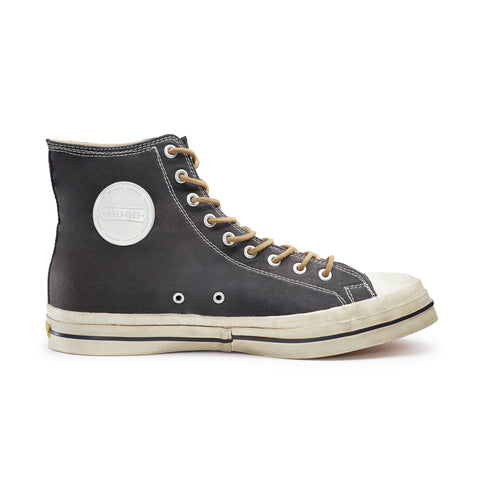1969
End of an Era – In 1962, anticipating its current manufacturing base’s inability to meet expected sales growth needs, Hood Rubber Co. once again employed a consultant to study its shoe manufacturing practices. The original Hood Rubber plant in Watertown, Massachusetts, was over 60 years old, with a dilapidated infrastructure and antiquated machinery. Labor costs constituted half of manufacturing costs.
Based on the consultant’s recommendations, Goodrich executives decided to construct two new $13 million plants in North Carolina and South Carolina. The plants would turn out more daily footwear production with fewer workers at lower wages than the Watertown plant, and their machinery would make standardized sneakers inexpensively. The investment in the new facilities was expected to be recouped within three years. But the consultant’s plan to build the new manufacturing plants and move production quickly went awry. Building costs were far over the original projections, and the costs to get production started skyrocketed.
The final straw came when the United States lowered import tariffs on rubber-soled footwear in 1966. Footwear imports soared, and the demand for standardized sneakers declined. Consumers turned to cheaper, imported specialized sneakers of different colors and designs – sneakers the company could not supply from the new factory. With the company’s high fixed cost in labor-saving machinery, it lost vast sums in footwear starting in 1966.
Under the mounting financial pressure of operating an aging facility, and facing failed union negotiations to cut pay and benefits to reduce expenses, Goodrich executives announced the closure of the Hood Rubber plant in Watertown, Massachusetts, on December 19, 1969. The closure put 1,300 employees out of work.

